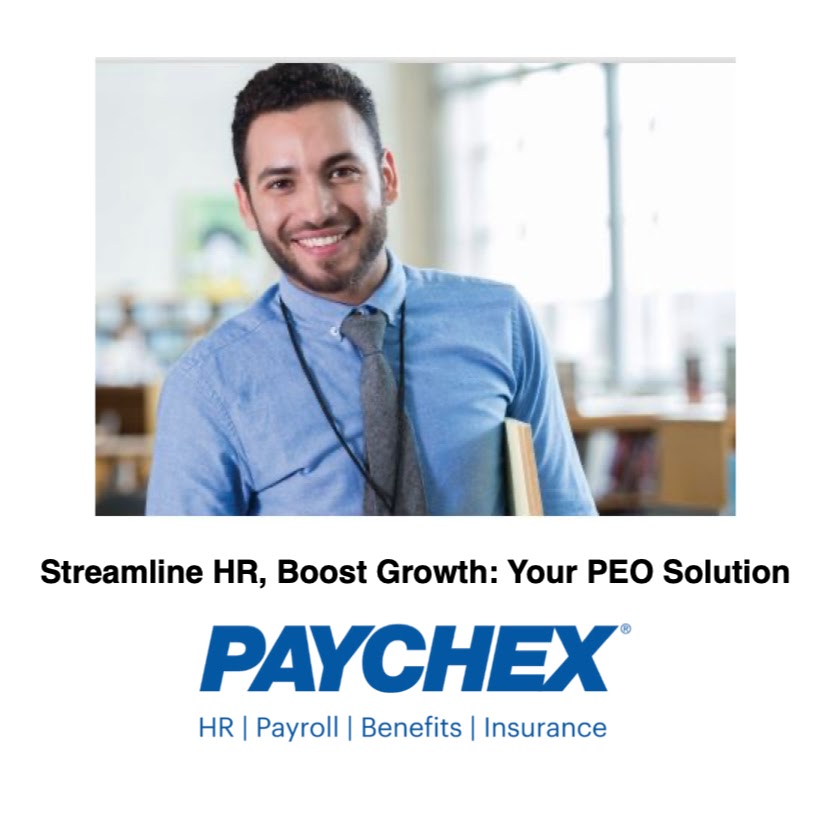If you own and operate a small to medium-sized business (SMB), you know how time-consuming human resources functions can be. From payroll and benefits administration to compliance and risk management, HR tasks eat up resources you’d rather devote to growing your company.
By outsourcing key HR responsibilities to a Professional Employer Organization (PEO), you can focus on your core business while accessing HR expertise and economies of scale. But how exactly do PEOs charge for their comprehensive services? There are several pricing models — in this article, we’ll look at the flat fee per employee option.
A Flat, Per-Employee Fee Structure
The defining feature of PEO billing is a flat fee charged per worksite employee, per month. This model stands in contrast to à la carte HR outsourcing, where you pay piecemeal for individual tasks like payroll processing or benefits management.
With a PEO, you pay one consolidated fee per employee that covers the full spectrum of HR administration and compliance. Typical fees range from $50-$150 per employee per month. This fee is based on a good faith estimate of the cost to service your employees but is adjusted if your actual workforce numbers change.

What Are the Benefits of a Flat Fee?
Charging a flat per-employee rate allows PEOs to provide Small and Medium Businesses (SMBs) with economies of scale and cost predictability around HR:
Cost-Efficiency
By aggregating employees from client companies, PEOs can access group discounts on benefits, insurance, payroll systems, and more. These wholesale savings get passed on to you through the flat monthly fee.
Cost Predictability
With standalone HR outsourcing, fees fluctuate based on how many tasks you need done each month. But with a PEO, you pay the same flat rate per person no matter how labor-intensive their HR support is month to month. This consistency allows for better budget planning.
Access to Large Company Benefits
That single flat fee also gives you access to Fortune 500-level benefits like health insurance, retirement plans, and life insurance. PEOs can secure these enhanced benefits due to the collective buying power.
In short, the flat per-employee fee model provides exceptional value, efficiency, and predictability when it comes to outsourcing HR.
What Services Are Included?
PEOs provide a soup-to-nuts HR solution under one per-employee rate. Here are some of the most valuable services bundled into that fee:
Payroll Administration
PEOs handle every aspect of payroll processing, from managing timesheets and calculating wages to cutting checks, making direct deposits, and filing payroll taxes.
Health Insurance and Benefits Management
A major headache relieved by PEOs is sourcing benefits plans and managing enrollment and eligibility. PEOs use their purchasing power to secure group rates on health insurance, dental, vision, disability, life insurance, 401(k), and more.
Compliance with Labor Regulations
PEOs stay current on the complex and ever-changing matrix of federal, state, and local employment laws. They handle compliance filings, workplace safety programs, harassment prevention training, and more to minimize legal risk.
HR Technology and Performance Management
Through the PEO, you gain access to applicant tracking systems, HR information systems, time and attendance software, and other HR technologies that would be costly to implement solo. PEOs can also assist with worker classifications, org charts, job descriptions, reviews, and terminations.
Risk Management and Safety
PEOs often provide guidance around employee handbooks, workplace policies, employee relations issues, and terminations to help you avoid lawsuits. They can also manage workers’ compensation, unemployment claims, and safety programs.
So, for one flat monthly fee per employee, PEOs comprehensively cover every aspect of HR, people operations, and compliance.
How Is the Fee Calculated?
Now that you know what’s included, how exactly is that monthly per-employee PEO fee determined? There are four key factors:
1. Your Industry Risk Profile
Higher-risk industries like manufacturing, construction, and healthcare incur higher fees to account for increased chances of workplace injuries and OSHA incidents.
2. Your Employee Census
The makeup of your staff — their salaries, locations, family sizes, etc. — impacts benefits costs and thus PEO fees. Families and older workforces tend to increase fees.
3. Services Utilized
Some PEO services like HR software systems have additional licensing fees baked into the base rate. The more services utilized, the higher the rate.
4. Profit Margin
PEOs have to cover their own overhead, systems, and salary costs while also netting a profit. These costs factor into the margin built into the per-employee fee.
Evaluating Value for Your Business
To determine if a PEO’s flat-fee structure offers value for your organization, you’ll need to compare it to the cost of handling HR in-house. Estimate the price of a bare bones in-house HR team and required systems/services, then tack on expenses from HR-related risks and compliance infractions.
Compare this fully loaded in-house estimate to a PEO’s all-inclusive flat fee. For most SMBs, the PEO delivers exceptional HR results at a lower overall cost, with less administrative hassle and liability risk.
The flat monthly fee per employee also allows you to accurately forecast and budget for HR expenses. And as your business scales, your PEO costs simply scale linearly along with you.
Partnering with the Right PEO
Not all PEOs are created equal when it comes to services, expertise, and value delivery. Before choosing a PEO, vet a few providers and ask questions such as:
- How long have you been in business as a PEO?
- What is your specialization, and does it align with my industry, geography, and company size?
- What systems and technologies do you provide access to?
- How do you determine and adjust monthly per-employee fees?
- Can you provide two or three client references?
Choosing the right PEO makes all the difference in getting maximum value from your flat monthly investment. The ideal partner will serve as an extension of your leadership team to cost-effectively strengthen HR capabilities.
Conclusion: The Per-Employee Fee Is a Smarter Way to Outsource HR
While frustrating and time-draining, HR administration doesn’t need to continually gouge your budget and distract focus from core operations. By partnering with the right PEO and paying a flat monthly fee per employee, you can finally get comprehensive, affordable HR support. This allows you to reinvest savings and free up strategic bandwidth.
If runaway HR costs and risks have you feeling stuck, it’s time to explore how a PEO partnership can transform your most precious asset — your workforce — into an engine of growth and productivity.
You can continue your research by learning about the other models PEOs use to charge for their services:



